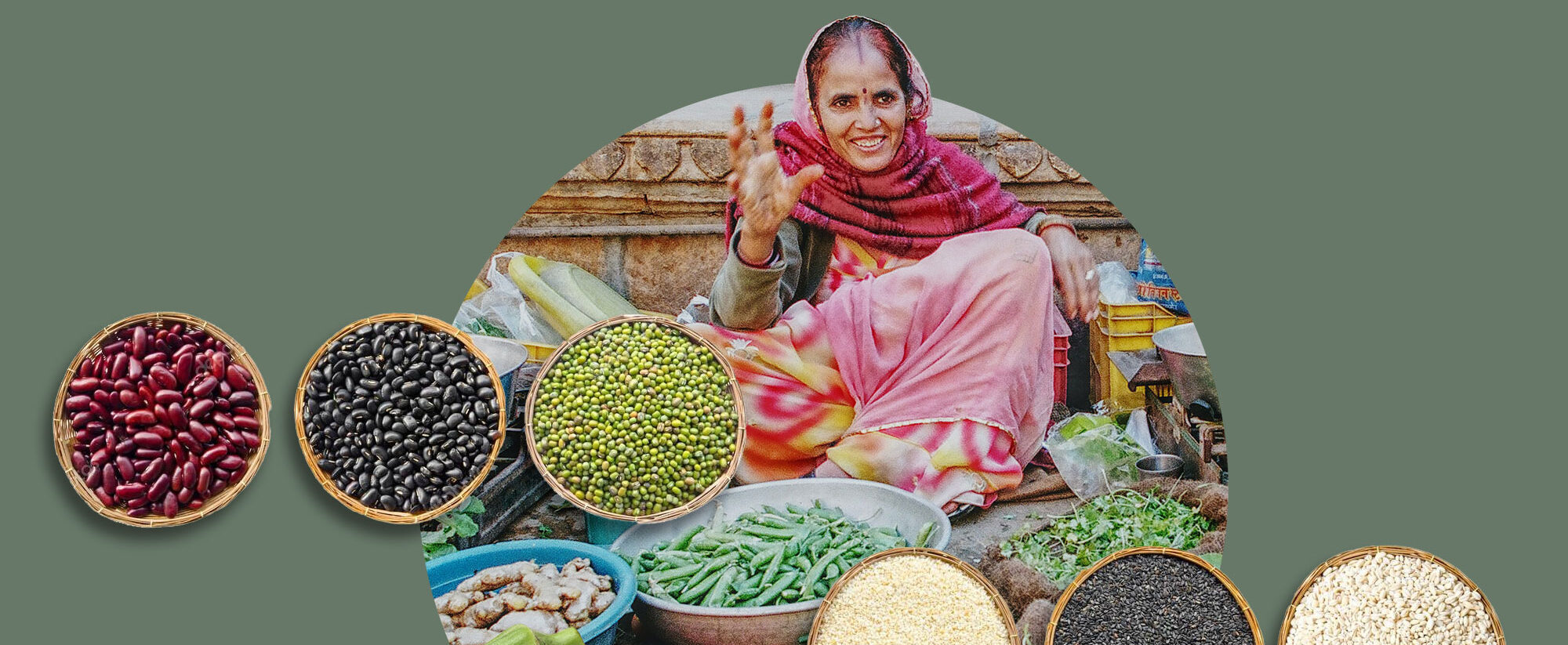We already know how to invest in the kind of equitable and sustainable food systems that can build climate resilience. Yet while the hazards of industrial agriculture (and the opportunities offered by agroecological food systems) are equally well known, most money still bets on the status quo: increasing the use of imported fertilizers and pesticides and motorized irrigation, despite high costs and questionable returns. Ignoring potent natural fertilizers, crop mixes, and water management practices that are cost-effective ways to produce diverse crops, short-sighted thinking—accompanied by short-term investments—stymie creative solutions. By emphasizing a global food economy and export value chains that reinforce fossil-fuel dependence, local and publicly managed markets get overlooked. Meanwhile, the acceleration toward fewer foods in our diets, often grown in monocultures, hurts landscapes, cultures, and health, eclipsing a richness of diverse, localized food systems neglected by investors.
Read the full op-ed written by Jen Astone and Daniel Moss in Stanford Social Innovation Review here.
